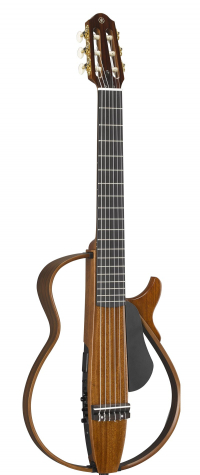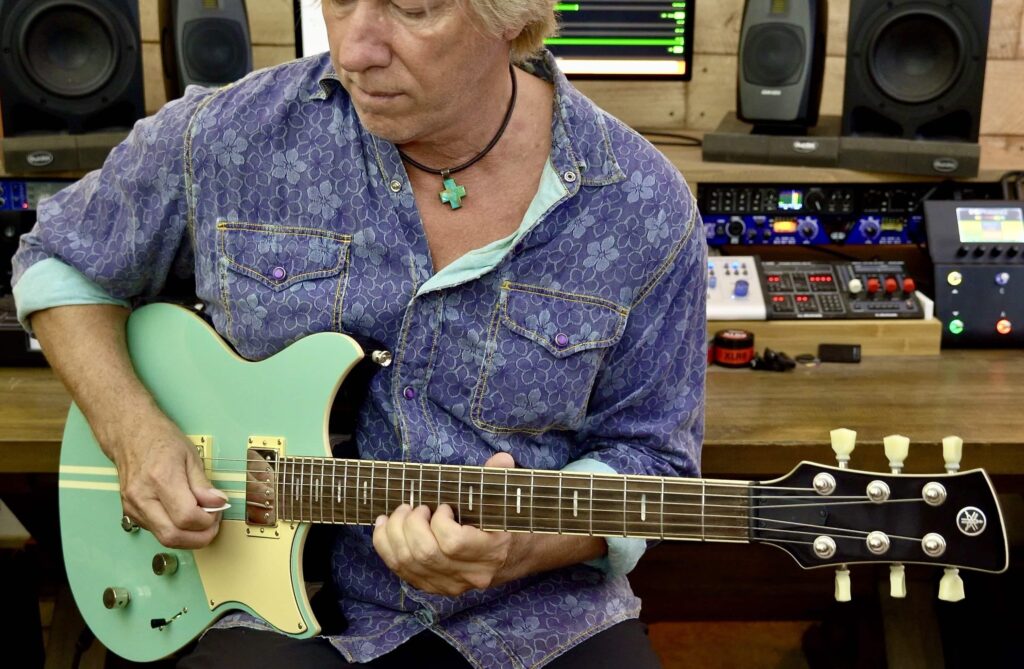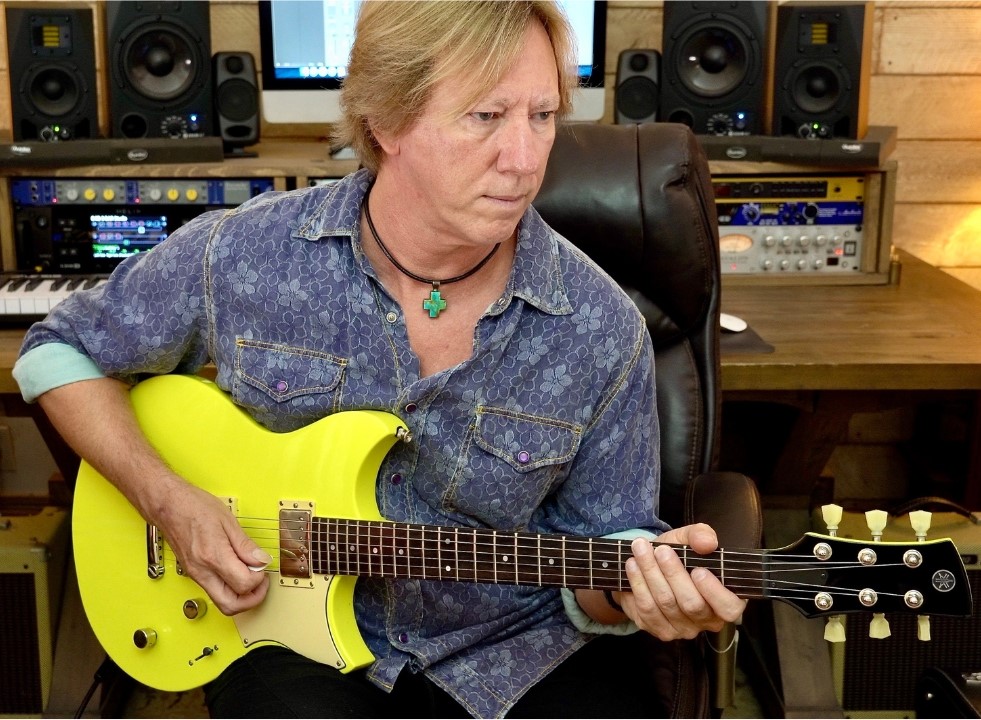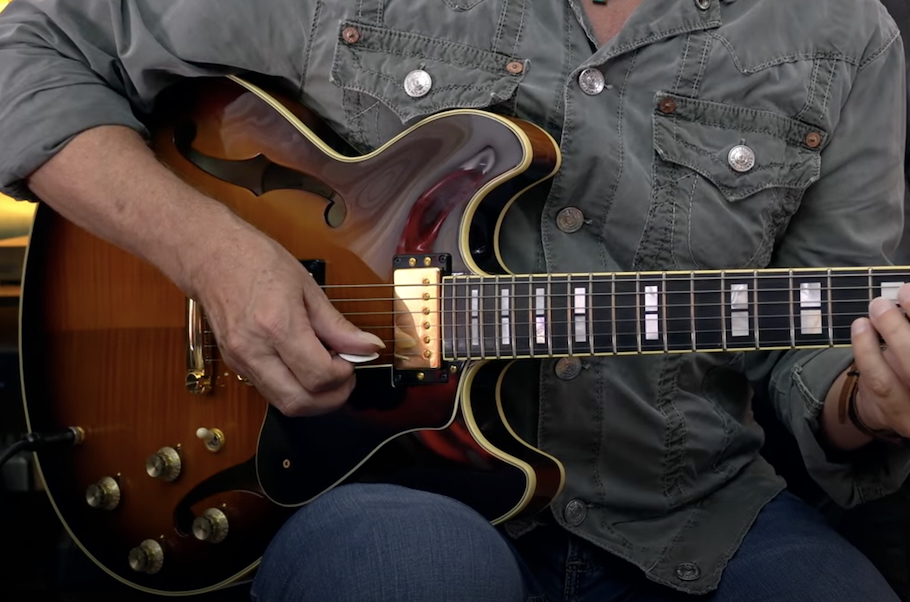Going Solo
The skills you need to master and the gear you need to use.
When I moved to Hawaii four years ago, I formed a band and began gigging at various resort venues on the islands. At the same time, I was also regularly performing as a solo artist, singing and playing acoustic guitar (both steel-string and nylon-string) and/or electric guitar, often accompanied by prerecorded backing tracks.
As anyone in a band knows, working with other musicians requires more than just musical chops — you also need great communication and interpersonal skills. (Scheduling often becomes a long stream of emails between band members to determine availability, and finding regular gigs that pay enough to support professional musicians may be the hardest part of all!) I love playing with a band, but there are a lot of benefits to working as a solo musician … although that, of course, also comes with its own set of unique challenges.
In this article, we’ll discuss what it takes to “go solo” and explore some performance options.
The Skills

Working alone is not for everyone, so be sure to consider whether you have the self-confidence to be the focal point of your performances, along with the entrepreneurial skills, tenacity, talent and motivation to run your own career.
As a solo performer, you’ll need to be not only the artist, but also the manager, booking agent, roadie, sound man, accountant and guitar tech. I’ve had to wear all those hats, and it has definitely fine-tuned my ability to deal with most situations. When a string breaks mid-song, you better know how to quickly replace it!
The next thing to consider is whether you are going to sing as well or whether you’re going to perform purely as an instrumentalist. I prefer to sing and play, as this gives the audience a more complete musical experience.
That said, some venues prefer instrumental background music to allow the customers to talk without any vocal distractions, and I’m certainly prepared to be flexible in those situations. Piano or nylon-string guitar work well for those kinds of gigs. I’ve spent time developing a complete set of instrumental music for solo nylon-string performances. If I’m doing a purely instrumental gig and am playing locally, I’ll use my Yamaha NCX1200R nylon acoustic-electric guitar; if I’m flying to a show, I’ll take my Yamaha SLG200NW SILENT Guitar™ so I can put it in the plane’s overhead compartment.
The Repertoire
One of the best things about a solo career is that you always get to choose the songs you play. I’ve made it a rule not to perform any music that I don’t like. Trust me, if you’re going to play the same songs several nights a week for months on end, you’d better like the material. If you write your own songs and they are consistent musically with your cover tunes, consider playing some of those songs in your set as well.
Build a set of songs that will cover a three-hour show (approximately 30 songs) — more if possible — to give you options.
The Vocals
One of the most difficult things for me to maintain is the ability to sing and play guitar for hours every evening. (Most venues will want you to perform three one-hour sets.) I strongly suggest exercises to warm up your vocal cords before a performance. In addition, make sure you’ve placed your songs within a comfortable range for your voice. In order to warm up, I deliberately start my first set with the easiest songs to sing. I’m also not concerned with replicating the key and performance of the original artist; I do my own thing.
The Stagecraft
Unfortunately, stagecraft is something that many solo performers overlook, but it’s something you really need to pay attention to. Your music can’t say it all — you need to entertain your audience as well. You need to learn how to interact and engage with them; you also have to learn when it’s best to talk between songs, and when it’s more appropriate to say nothing.
I loop and improvise at the end of each song to extend my performance and to add instrumental variety. Having a guitar that is easy for me to pick, strum and improvise on for long periods of time is also a huge consideration. I make a point of keeping my improvisations to a minimum and reference the melody often. Remember, most audiences aren’t guitar players!
The Gear
As you develop your set, take time to consider the sound you are looking to achieve. What is the best guitar to support your voice, and can you sustain playing it for long periods of time? Will you be using effects, an amp or playing directly into a P.A. mixer?
Experiment until you find a unique voice and tone to express your music fully. Try different microphones and reverb types until you get the clarity and character you need. Don’t be afraid to use EQ and compression, either. A quick online search for some suggestions on how to process guitar and vocals for live sound will get you in the ballpark. (Be sure to check out our series of “Tools of the Trade” postings here on the Yamaha blog.) You can always fine-tune your sound from there.
Yamaha STAGEPAS P.A. systems come in a variety of power options and incorporate equalization and reverb on every channel. These complete integrated systems are extremely lightweight and portable, and they offer more than enough inputs for any solo artist … or even a small band.
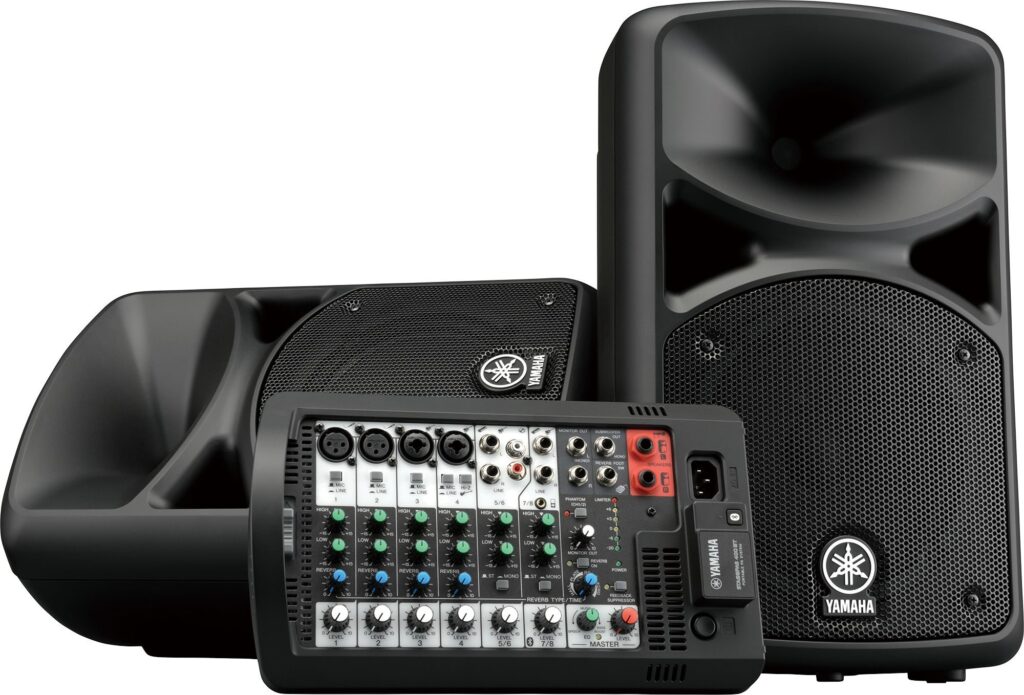
My performance requirements are extremely diverse, so I’ve found a way to achieve everything I need by using a Line 6 Helix guitar processor. On any given day, I may be playing live, hosting a clinic, demoing at a trade show, tracking a studio session or filming a teaching video, so I’ve optimized my Helix effects to sound great with a variety of acoustic and electric guitars.

With this one box, I can process my vocals, dial in any style of guitar sound, insert percussion loops, engage the real-time looper and use the built-in expression pedal for fade-outs. All of my set-lists are stored to the eight user locations for instant recall.
The Video
In this video, I’m performing at a house concert in Corona, California using a Yamaha A Series AC5R guitar, set to an equal blend of mic modeling and piezo pickup. The guitar, vocals and percussion loops are all running into a Line 6 Helix and a Yamaha STAGEPAS 400BT P.A. system.
The original song I’m performing (“Dewdrop Inn”) was written by me and Dylan Altman.
The Wrap-Up
After four years working as a solo artist, I’ve witnessed exponential growth in my musicality and confidence onstage. My artistry as a vocalist is melodically consistent with my guitar improvisations and I use harmonic progression and rhythmic feel to craft arrangements into my personal interpretations of classic songs.
When it’s you under the lights representing your art, there are no excuses, no drummer to blame or safety net to catch you when you have a tough night. Going solo will hone your skills, sharpen your business acumen and give you a platform on which to develop your own unique sound. I highly recommend it!
Photographs courtesy of the author.
Check out Robbie’s other postings.
Click here for more information about the Yamaha SLG200NW SILENT Guitar.
Click here for more information about the Yamaha A Series AC5R guitar.
Click here for more information about Yamaha STAGEPAS P.A. systems.
Click here for more information about the Line 6 Helix guitar processor.











